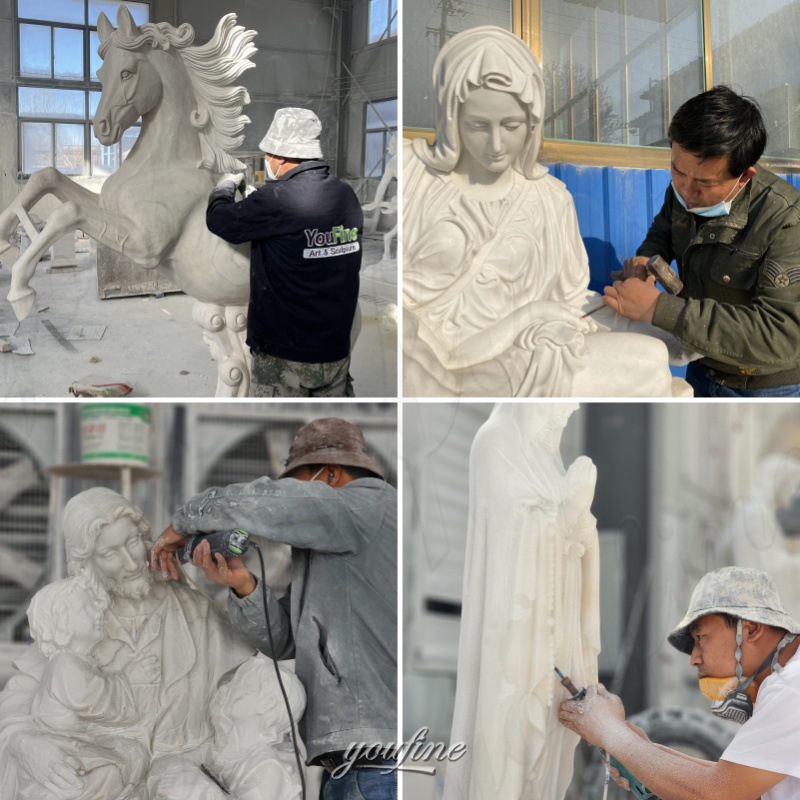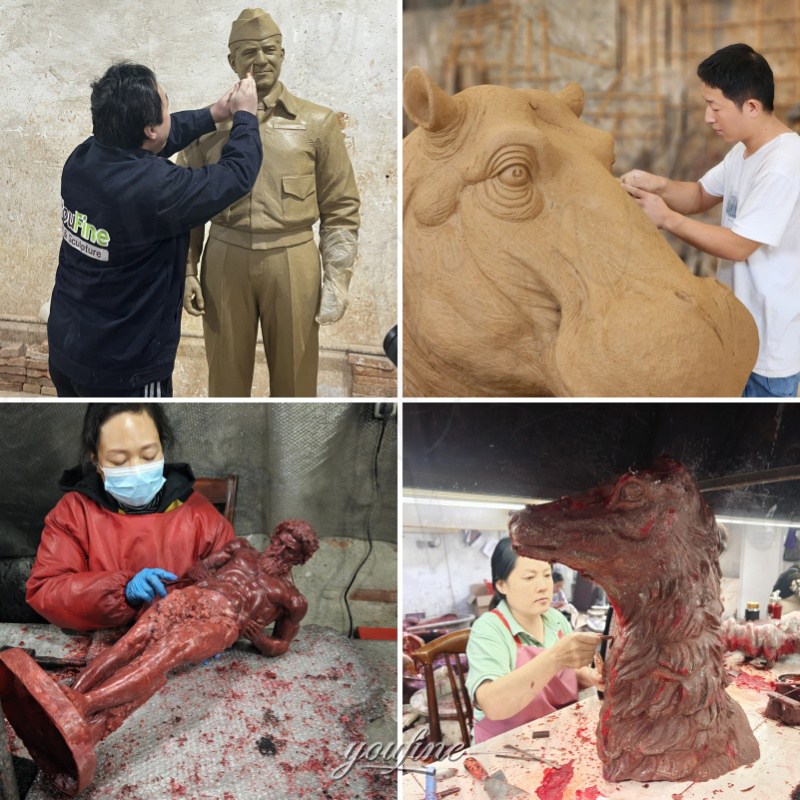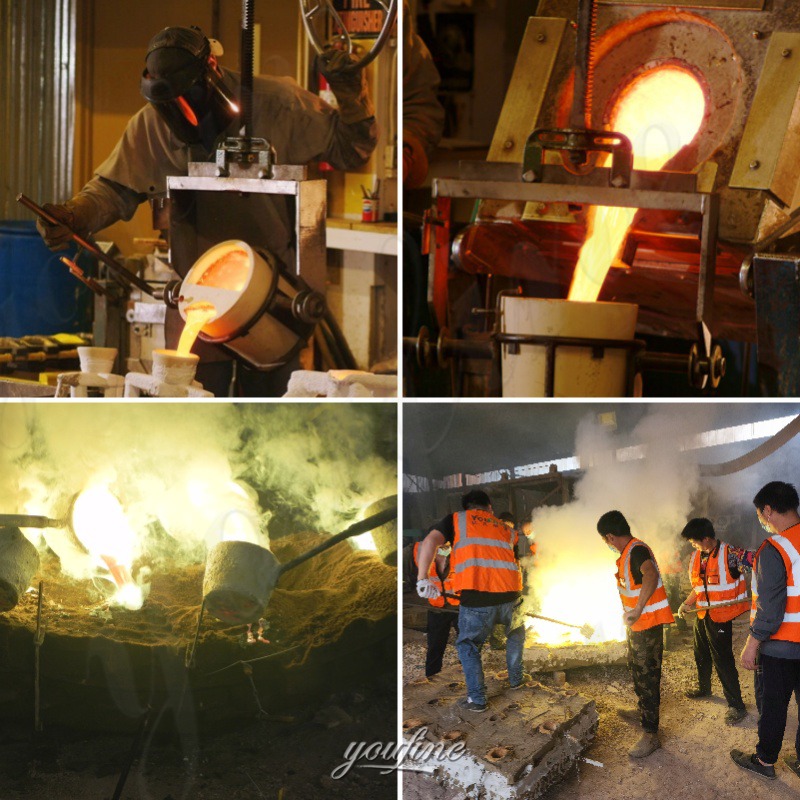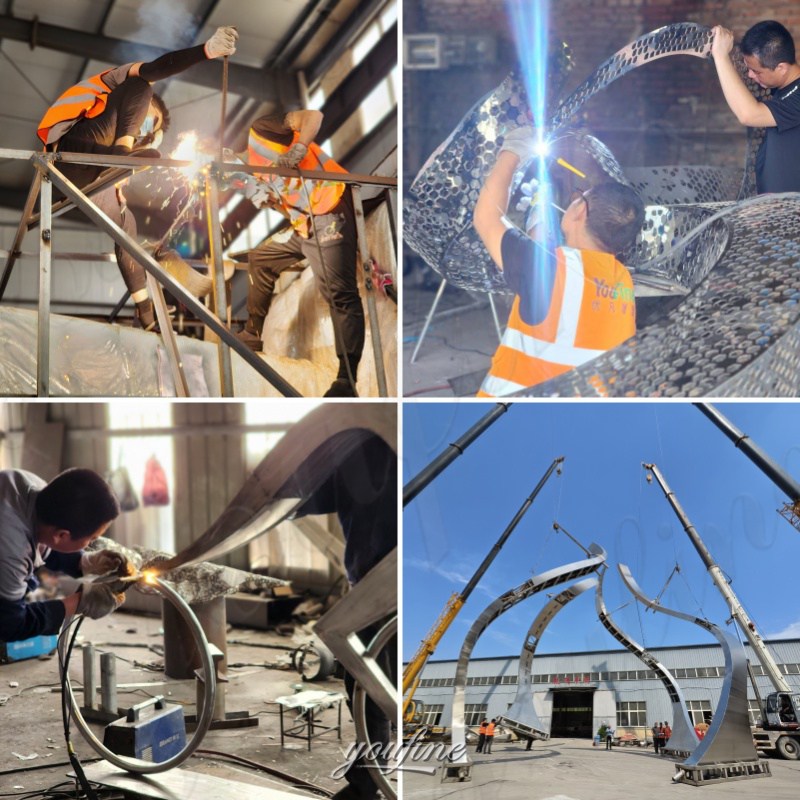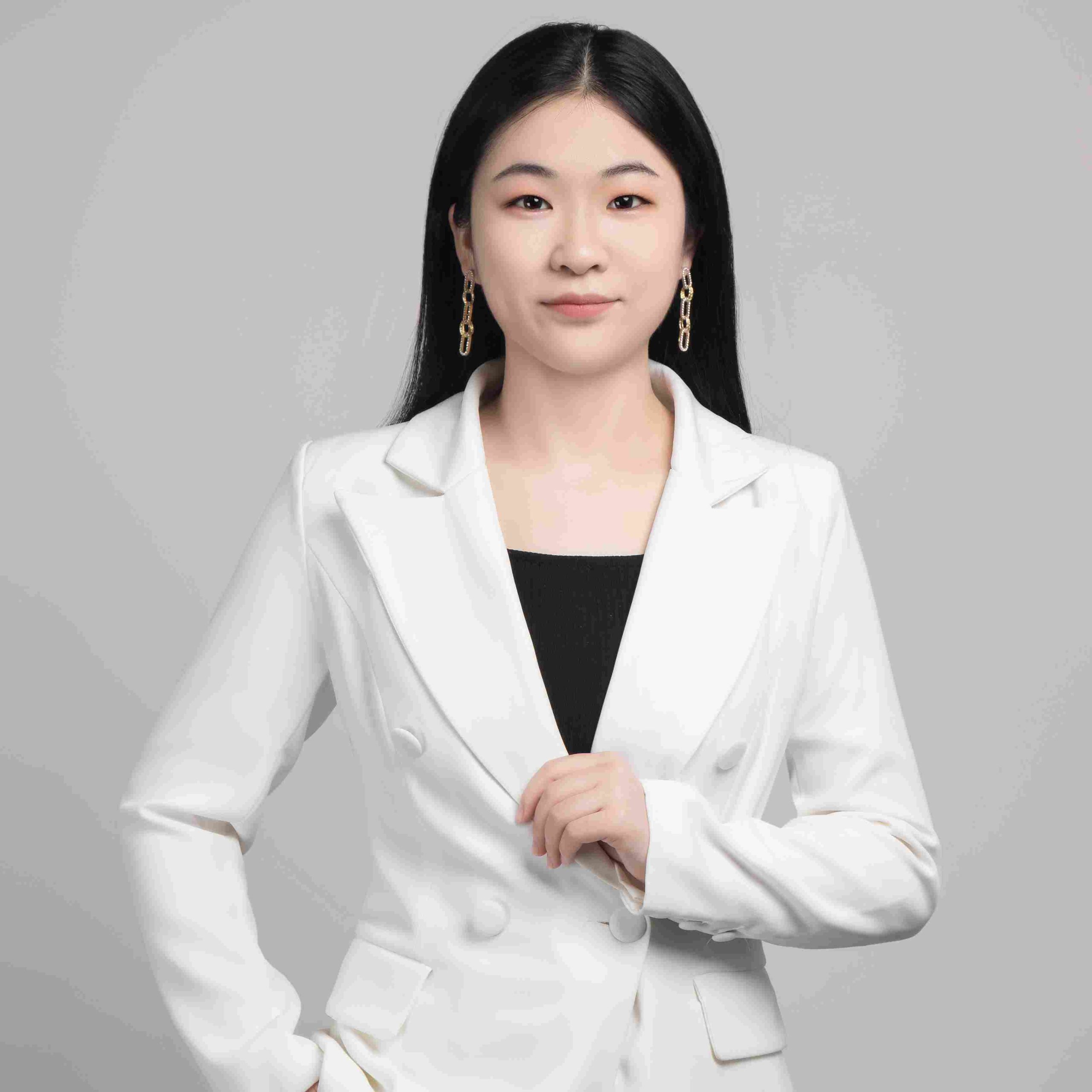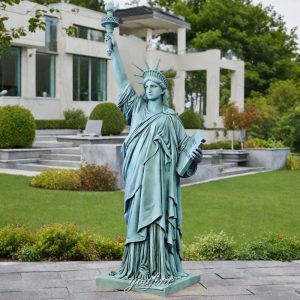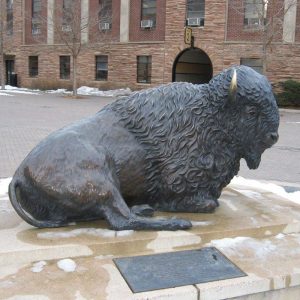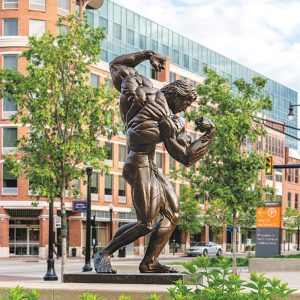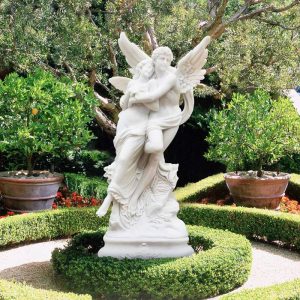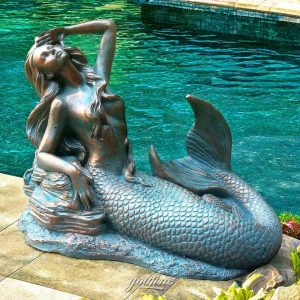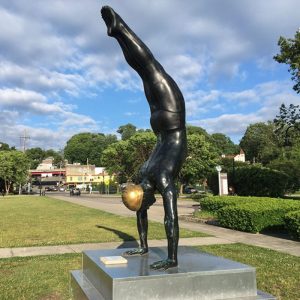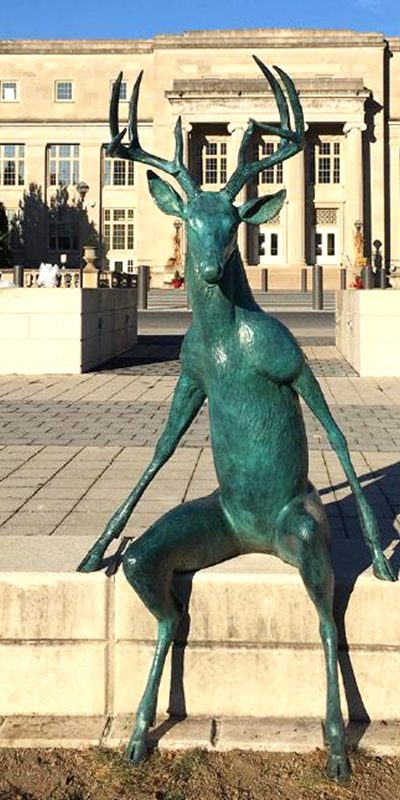Sculpture is one of the oldest and most powerful forms of artistic expression. From ancient marble statues to modern stainless steel landmarks, sculptures have captured human imagination and emotion for thousands of years. But how are these masterpieces actually made?
There are four fundamental sculpture techniques that artists and sculptors around the world use to bring their visions to life: carving, modeling, casting, and assembling. Each technique has its own unique process, materials, and applications.
At YouFine Sculpture Factory, with over 40 years of professional experience, we specialize in high-quality marble, bronze, and stainless steel sculptures using these very techniques. In this blog, we’ll take a closer look at each method—and show you how YouFine brings tradition and innovation together to create stunning works of art for gardens, churches, parks, and public spaces worldwide.
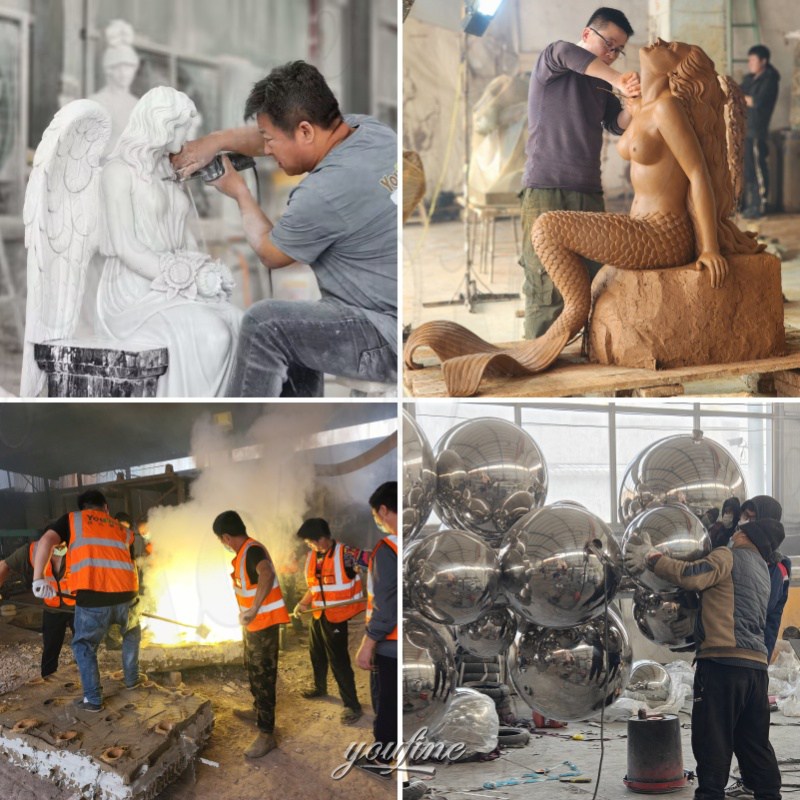
Carving–Sculpting Beauty from Stone
Carving is one of the oldest and most traditional sculpture techniques. It involves removing material—usually stone or wood—until the desired form emerges. This subtractive method requires great precision and craftsmanship, as once the material is removed, it cannot be replaced.Materials commonly used in carving: Marble, Limestone, Granite, Wood. Among these, marble is especially prized for its elegance, durability, and timeless appeal.
How YouFine Excels at Carving
At YouFine Sculpture Factory, we take pride in our hand-carved marble sculptures, created by skilled artists with decades of experience. We source Grade-A natural marble such as Fangshan White and Hunan White, known for their pure texture and suitability for detailed carving.
Our marble carving process combines traditional hand tools with modern precision instruments, ensuring each detail—whether it’s a saint’s facial expression or a classical architectural column—is rendered with stunning clarity.
Whether you’re looking for a sacred sculpture or a sophisticated garden centerpiece, our carving team can turn raw stone into timeless beauty.
Modeling–Shaping the Sculpture with Clay or Wax
Modeling is an additive sculpture technique where soft, pliable materials such as clay, wax, or plaster are shaped by hand or tools to form the desired sculpture. Unlike carving, this method allows for adjustments, making it ideal for creating detailed forms before casting.
Modeling is often the first step in the creation of bronze sculptures, as it provides the prototype used in the lost-wax casting process.
Common Materials Used in Modeling:
Oil-based or water-based clay
Wax
Plaster
3D modeling (modern digital method for custom designs)
YouFine’s Expertise in Modeling
At YouFine, our experienced artists start many bronze projects by hand-modeling the original shape in clay. This process captures every fine detail—muscle tension, facial expression, clothing folds—ensuring the final sculpture is full of life and realism.
For modern or large-scale projects, we also offer 3D design and modeling services. Clients can submit sketches or photos, and our artists will transform them into physical or digital models for approval before moving to casting.
Casting–Transforming Models into Lasting Metal Art
Casting is a traditional technique used to create sculptures by pouring liquid material—typically molten metal—into a mold, where it solidifies into the desired shape. It is widely used for producing bronze sculptures, prized for their strength, fine detail, and durability in outdoor settings.
One of the most well-known casting methods is the lost-wax casting process, a technique that dates back thousands of years and remains the gold standard for bronze sculpture production.
How YouFine Masters the Art of Casting
At YouFine Foundry, we specialize in high-quality bronze casting, combining ancient techniques with modern tools to ensure exceptional results. We use the lost-wax method, which allows for incredible detail, precision, and structural integrity.
Our casting workshop follows a meticulous multi-step process.We also offer quality checks at every stage to ensure the finished piece meets the highest standards. Whether you need a heroic public artwork or a personalized family memorial, our casting process ensures your bronze sculpture will last for generations.
Assembling–Building Sculptures from Multiple Parts
Assembling is a modern sculpture technique in which multiple components are constructed separately and then joined together to create a complete work. This method is often used in large-scale or abstract sculptures and allows for more complex, bold, and dynamic designs.
Assembling is especially important when working with materials like stainless steel, metal sheets, and mixed media, where welding, bolting, or even hidden internal frameworks are used to ensure stability and artistic integrity.
Materials Commonly Used in Assembling:
Stainless steel
Corten steel
Metal mesh or wire
Glass, LED lights (for multimedia sculptures)
YouFine’s Strength in Assembling Sculpture
At YouFine, assembling is a core technique for our stainless steel sculptures and modern public artworks. Whether it’s a minimalist garden piece or a dramatic city landmark, our team handles everything from precision fabrication to structural engineering and final installation.
Conclusion
Sculpture is more than just art—it’s a fusion of technique, creativity, and craftsmanship. The four basic sculpture techniques—carving, modeling, casting, and assembling—each offer unique ways to bring ideas into physical form, whether through hand-carved marble, lifelike bronze figures, or bold stainless steel structures.
At YouFine Sculpture Factory, we proudly carry forward these traditions while embracing modern innovation. With over 40 years of experience, our team of artists, craftsmen, and engineers work together to deliver high-quality custom sculptures that enhance gardens, public spaces, religious sites, and private estates around the world.
Whether you’re envisioning a classic marble angel, a dynamic bronze monument, or a striking stainless steel landmark—YouFine can bring your vision to life with expert skill and personalized service.
